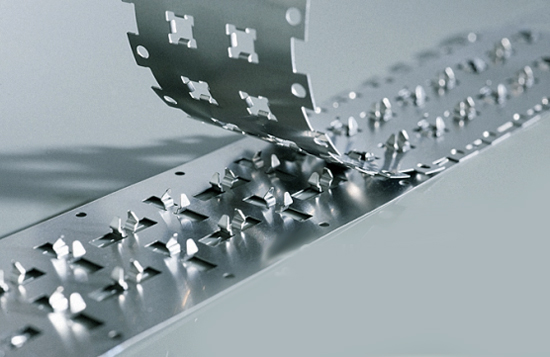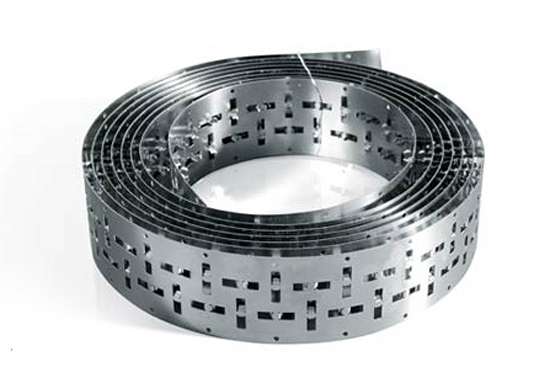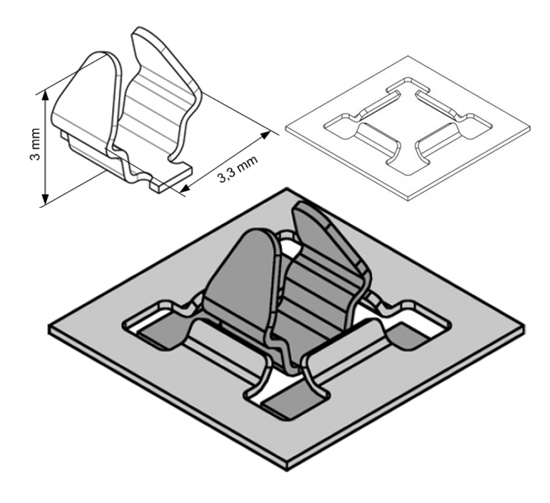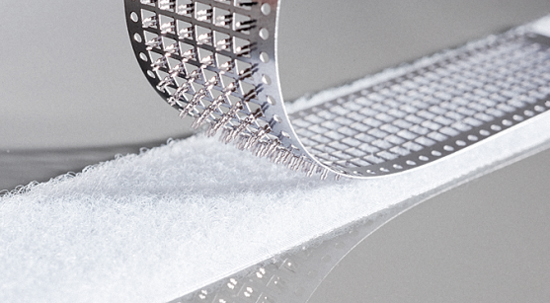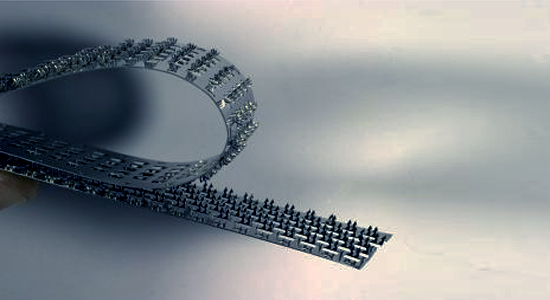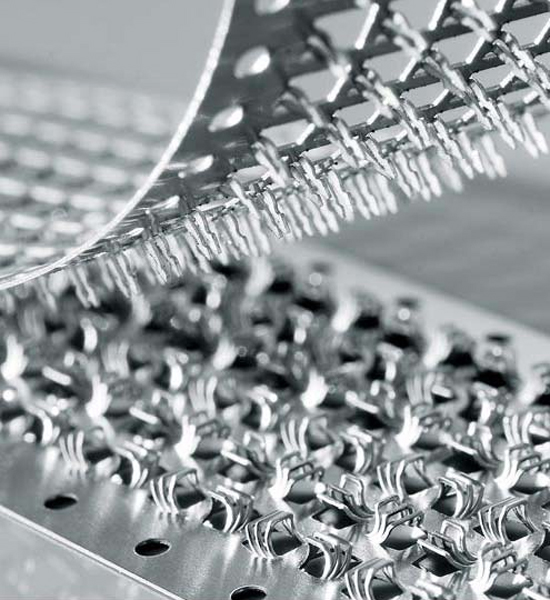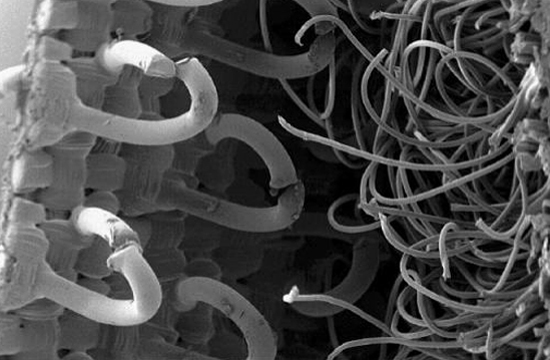Found a term today: T-Shaped Designers.
(http://www.designsojourn.com/only-god-is-t-shaped/)
I have been thinking about T-Shaped Designers for a long time now. How to be one, what does being one really mean and how effective can one be. Made popular sometime in 2005 by IDEO’s Tim Brown, T-Shape Designers are defined as:
…people who are so inquisitive about the world that they’re willing to try to do what you do. We call them “T-shaped people.” They have a principal skill that describes the vertical leg of the T — they’re mechanical engineers or industrial designers. But they are so empathetic that they can branch out into other skills, such as anthropology, and do them as well. They are able to explore insights from many different perspectives and recognize patterns of behavior that point to a universal human need. ~ Fast Company
I touch on this topic again in 2007, by calling these T-Shape Designers “Renaissance Designers” in my blog series: 7 Habits of Highly Effective Designers.
However after almost 5 years contemplating the existence of such T-Shaped designers and observing the many designers I know, I have to admit that such a personality trait is a myth. Honestly, to date I have never seen or met any designer that I would truly qualify as T-shaped, including myself.
I actually spoke to Chris Bangle about this and tried to tap into his vast experience as someone who hires talent. He agrees that while it was big in 2005, on one talks about this anymore probably because it was never true.
I postulated that such a personality trait is impossible simply because humans are just not wired to multi-task well, or to wear different hats for that matter. Even if a designer has the capability, he or she will lack the time or opportunity.
Therefore the reality is, instead of being a big “T”, you will find designers that are either a little “t” or a “T” with a short vertical stick.

Little “t-shape” designers are essentially most of who we are. Despite many of us feeling that we are “Jacks of all trades and masters of none” after our 4 years of design school. We eventually settle into a specialty of design and designing.

Stunted “T-Shaped” designers are often the senior creatives, the design managers, team leaders and entrepreneurs. Many deal with all the different touch points in the design development cycle, but do not have the opportunity to dive into detail. Some, like the entrepreneurs, may be in the position to do it all, but often will have to either accept work of lesser quality or learn to delegate and outsource.
———-
So at the end of the day, being a T-Shaped is just a nice story for designers to aspire to. While the value of a T-Shaped team is undeniable, it is probably more realistic to build a multi-disciplinary team of experts to work on complex (or wicked?) problems. Now that is something that has withstood the test of time.
What do you think? I’m looking forward to hearing your comments.
